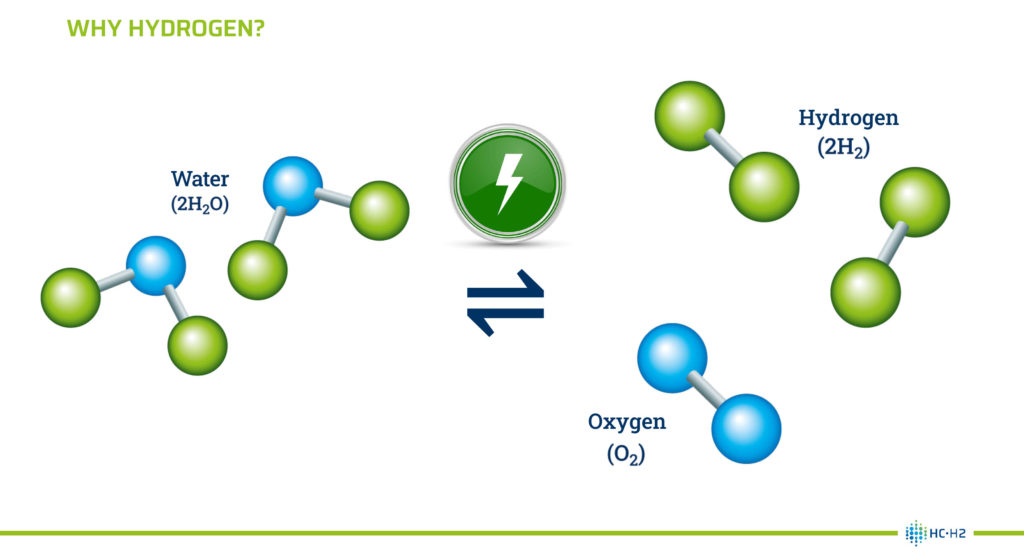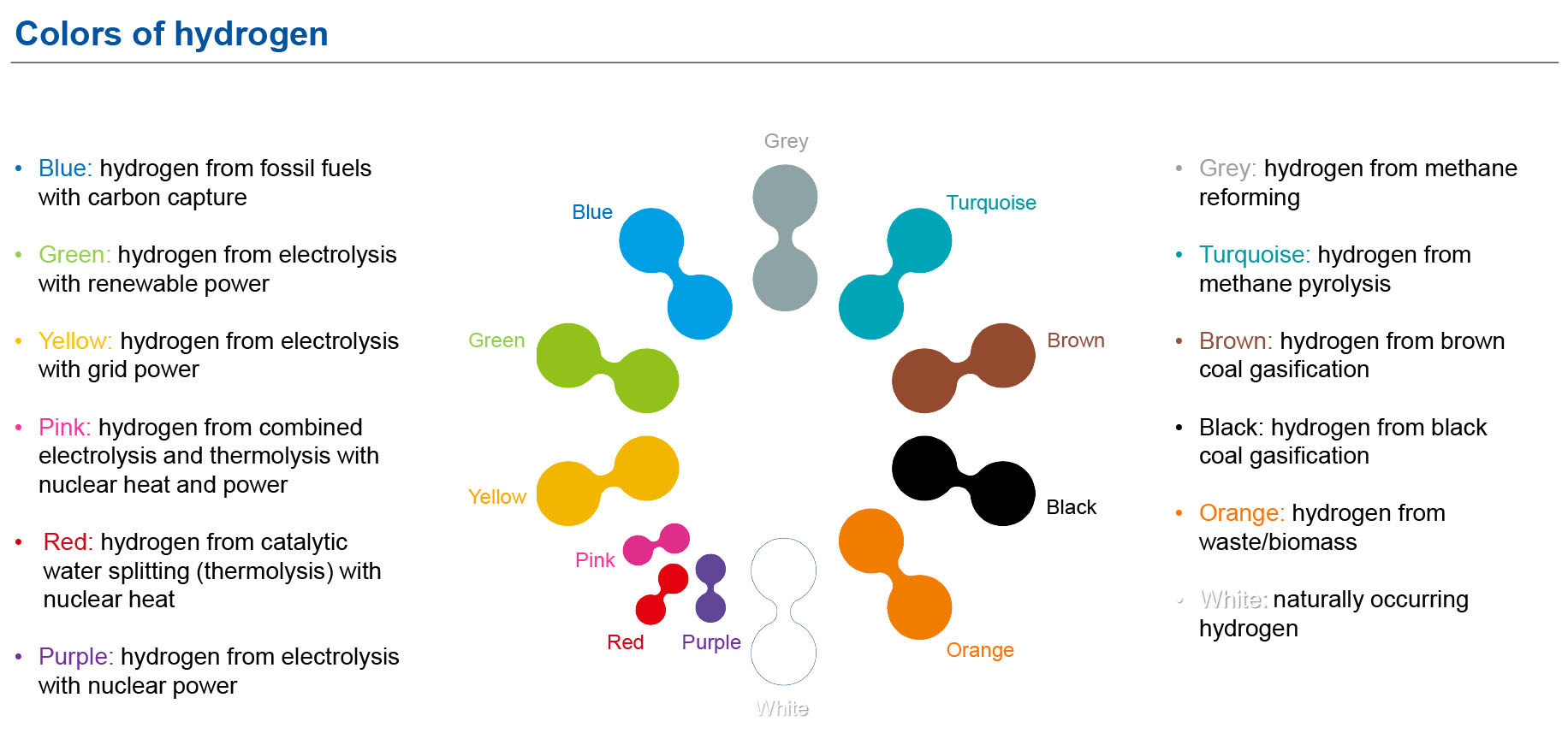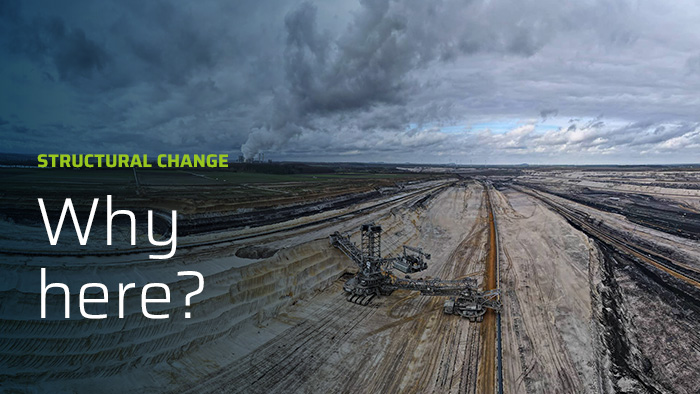Hydrogen can play an important role in the solution of how we can supply the world with energy without harming the climate. As a fuel for vehicles, ships, and airplanes. As an energy carrier in cities and villages, ensuring that electricity continues to flow from the socket when photovoltaic systems are in the dark and the wind turbines are not turning. And as an important feedstock for energy-intensive industry, such as steel and the chemical industry.
HC·H2 | Helmholtz Hydrogen Cluster
What Can Hydrogen Do?


The starting point is typically water (H2O), which is available everywhere and consists of hydrogen (H2) and oxygen (O2). Anyone who wants to split water into its constituents, hydrogen and oxygen, has to use energy. The main method for splitting is electrolysis. It is important that the energy used for electrolysis comes from renewable energy sources such as solar, wind, or hydraulic energy.
Only hydrogen produced from green energy is sustainable. If hydrogen and oxygen are then recombined, they react to form water and release energy. It is this released energy that we aim to use.
“Water will be the coal of the future.”
These words were written an astonishingly long time ago, given the message they convey. They were written back in 1874 by French author Jules Verne in his novel “The Mysterious Island”. We’ve written an article on the subject.

In a figurative sense, hydrogen has many colours. Image: Forschungszentrum Jülich/Reisen
First of all, hydrogen does not actually have a colour. It is invisible. Whenever we speak about green, grey, or blue hydrogen, we do so to distinguish between the different methods of hydrogen production. Or we use a colour to indicate whether or not the hydrogen was produced in a carbon-neutral manner. The real question, therefore, is how many ways of producing hydrogen are there?
There is no definitive answer to the number of hydrogen colours there are. This is partly due to the fact that grey hydrogen, for example, is further distinguished in terms of the original energy carrier. Hydrogen that is produced through lignite gasification is referred to as brown hydrogen; hydrogen that is produced through hard coal gasification is called black hydrogen. There is also a definition of grey hydrogen in a stricter sense, namely when it is produced from natural gas. In our “Colours of Hydrogen” series, we attempt to explain the different colours of hydrogen. This is by no means intended as an exhaustive analysis.
In a small series, we look at a number of hydrogen colours.


